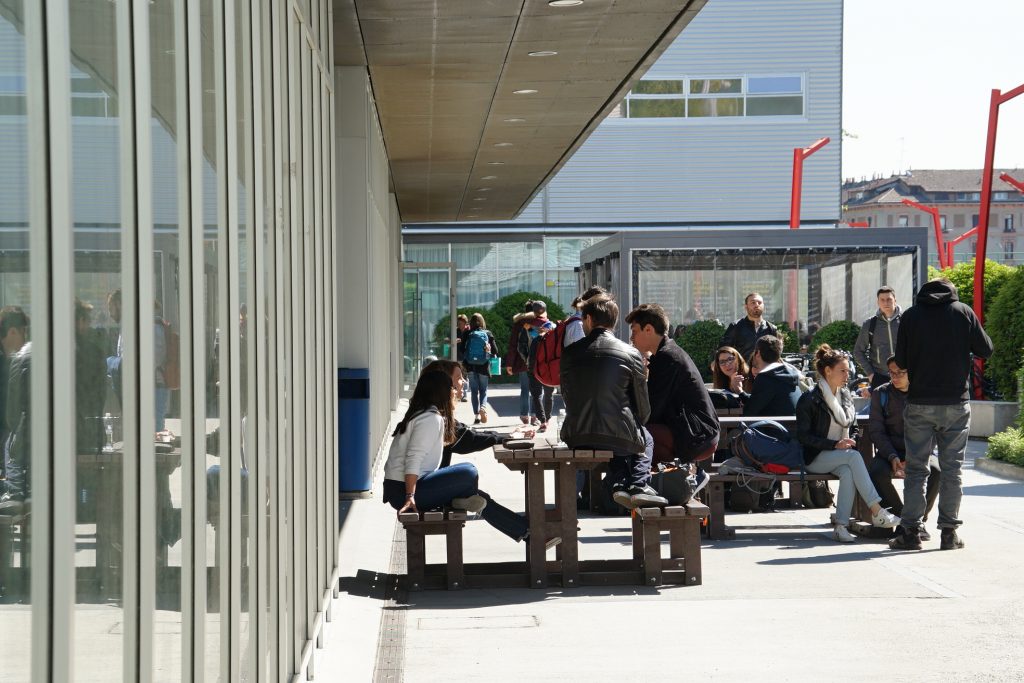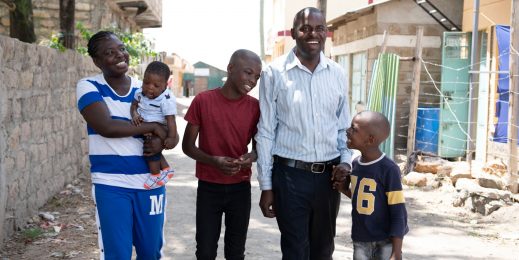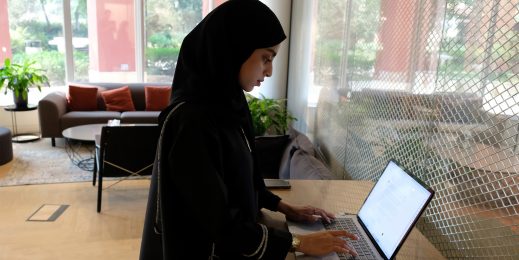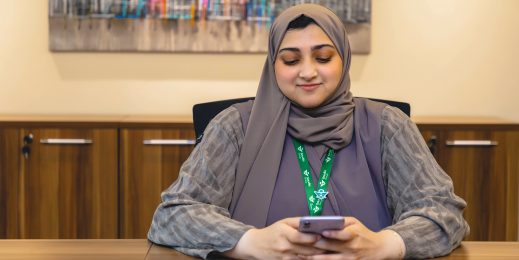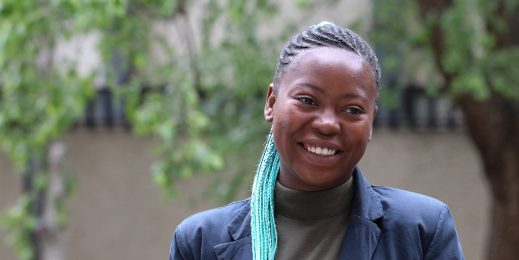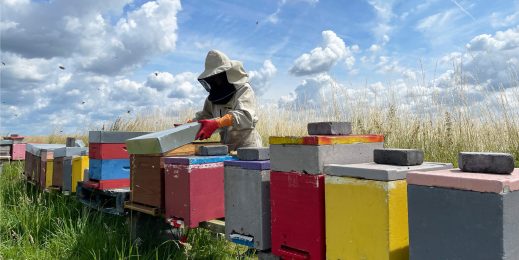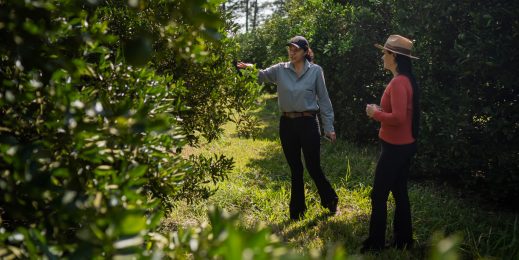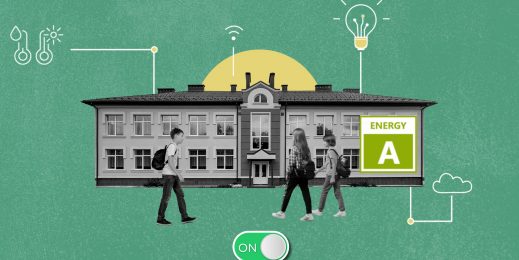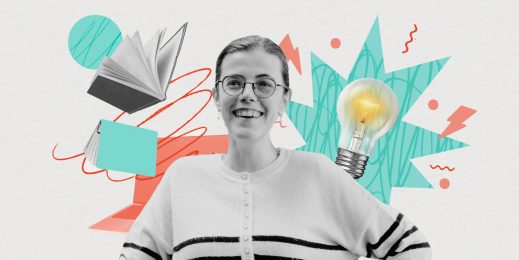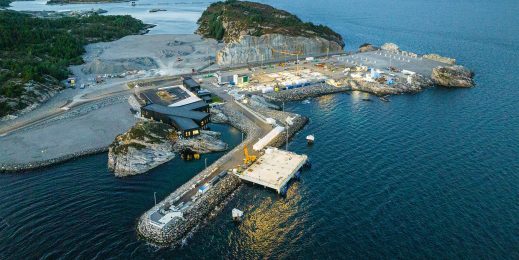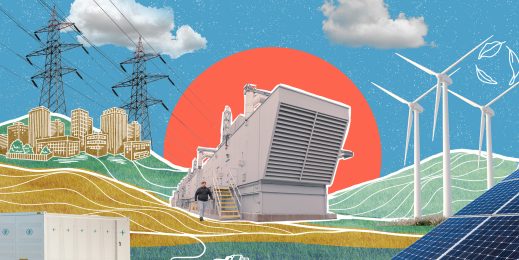
An Outside Perspective On...
Teaching how to learn: Can AI mentors change education?
It’s no secret that Artificial Intelligence (AI) has the potential to transform the lives of individuals and organisations.
Humans and machines are starting to work side by side to achieve incredible things, combining AI’s strengths in data processing and computational power, with our natural empathy and creative abilities.
I believe that the most successful companies will be those that embrace the power of AI, but its capabilities extend beyond industrial and business applications. We are now also seeing how AI has the potential of driving the evolution of education.
Recently, I had the pleasure of talking with Professor Andrea Sianesi, the Dean of MIP – the International Business School of Politecnico di Milano, about FLEXA – the school’s new personal AI mentor which is designed to tailor learning experiences, connections, and materials, to each individual student.
Our conversation is presented below, and I hope the discussion offers you as many insights as it brought me.
 Michel van der Bel, Corporate Vice President Microsoft EMEA
Michel van der Bel, Corporate Vice President Microsoft EMEA
As Microsoft President for EMEA, I work with 20,000 employees across 32 subsidiaries with a single vision: to help customers transform to compete in a world where technological innovation is moving closer to the heart of every business. I have worked with three CEOs over 20 years and have seen first-hand how they developed the culture around them. I’ve learned that people can only be at their best if they can collaborate in an environment that encourages empowerment, which is why I believe that culture is so vital to every organisation.
MvdB: How has learning changed? How you are adjusting to the changes in how people want to learn and progress on their career paths?
AS: Learning has changed dramatically in recent times. In the past we placed emphasis on teaching techniques, because students were willing to learn them in order to apply them in the job market. Now, these techniques could soon become obsolete, and we are focusing our teaching methods more on the approach. We try to teach how to learn. We have moved back to basics, to the evergreen pillars of learning.
MvdB: Teaching how to learn – is this how the concept of FLEXA was born?
AS: The idea behind FLEXA is to develop something that is best described as a personal mentor. The idea is to have this personal mentor that helps the student to be much more selective in terms of seeking the information that is required to help them develop, so the mentorship includes recommendations about learning content. Not only videos, but also events to join, and activities to participate in.
We also realised that the spectrum of requirements that a single individual can have is too big for the portfolio of knowledge that is inside the school. We saw that we had to be able to make our students be able to access external content. AI was the solution.
Learning does not simply happen within an individual, but within and across the networks between individuals.
FLEXA has different pillars. One is the paradox of choice. We live in a world that is overcrowded with information, and less time. It’s beneficial for us to be selective on what we spend our attention on. We must be selective in a smart way, and only AI can do this. Moving forward, one role of the professor is to teach AI the criteria it needs to be selective.
The second pillar is connectivity. The theory of learning that emphasises the role of the social and the cultural context in how and when the learning happens. Learning does not simply happen within an individual, but within and across the networks between individuals.
This has a dramatic impact on the future of the business school. The business school according to these pillars, must evolve from the location where the ‘know how’ sits, to the place where there is someone who ‘knows where’ to find something. I don’t believe that any business school can have all the amount of knowledge that is necessary for a student to improve their career. There is a need to collect information from outside the business school and to validate and assess this information before presenting it to the students.
MvdB: FLEXA allows students to benchmark themselves with job market profiles – it sounds like a very future-orientated way to help them get ready for the job market versus having a gap between what you learn and hoping to have a good compatibility in the market. Is that right?
AS: FLEXA can define which gaps students have to address in order to move from their starting point, towards a target goal. The role of AI is to provide all the information and resources necessary in order to complete this learning journey.
MvdB: In the words of Hari Krishna Arya: “Teachers will not be replaced by technology, but teachers who do not use technology will be replaced by those who do.” What’s your view on this quote, especially when taking FLEXA into account?
AS: I agree. In 2014 we started to integrate a prototype for FLEXA, based on a learning platform that we co-developed with Microsoft. It disrupted our faculty, but most of the faculty felt engaged with these news teaching methodologies. If we think of topics like leadership and soft skills, however, these still require a strong interaction with students.
Teachers will not be replaced by technology, but teachers who do not use technology will be replaced by those who do.
– Hari Krishna Arya
MvdB: Working at a company like Microsoft, I see that these soft skills start to become hard skills. We have this concept of growth mindset that puts learning at the center. Could FLEXA be used to educate people within organisations to help them with their professional development, versus an academic setting?
AS: We have structured the release of FLEXA over three different waves. The first wave is targeting the individual – the students and the alumni. The second wave is an intermediate wave which is starting in the communities. The third wave which will be ready in a year, is targeting corporations. The idea is that by using FLEXA, they can share knowledge and best practices among their employees, and this is something that is designed for, on the one hand, individuals who have a desire to advance their careers.
Going back to soft skills, it’s true that they are becoming hard skills – you have to be able to lead from behind. This is something that will remain as a soft skill.
MvdB: I believe that if your audio and video don’t match, between what you say and what you do, then your leadership style will be obsolete soon. I think that that small things every day lead to big things longer term – that’s how the soft/hard skill combination becomes the driving force of change.
What is the advice you give to young people about the AI solutions that will be with us for the rest of our lives?
AS: Many children studying now, in the future, are likely to have a job that today does not exist, which makes giving advice difficult. I believe that learning models are more useful than techniques. My advice is to be hungry of learning models – try to go back to the basics.
MvdB: Can you give an example of a learning model?
AS: The learning model is the approach that you adopt in order to improve your knowledge. For example, a learning model for studying Chinese involves visualising symbols, and linking these symbols to meanings. For English, the model is different. If I read an English word, it can be immediately translated into another word in Italian. There is a one to one relationship between what you read and the result of the translation, whereas if you study Chinese it’s an end to end relationship.
MvdB: It’s up to leaders to give people the direction that they need to go – but it has to start with yourself. My theory is that if you cannot lead yourself in times of change then how do you lead others in times of change?
AS: During transformation, you need to have external support. I wouldn’t be able to change my leadership style without external coaching or influence.
MvdB: Leaders can’t just tell people to do things differently, because every person is different. What I see starting to work is that the combination of leadership and cultural change really becomes a force for enablement and for people to feel empowered that they can make this change.
AS: Values and context are important. For example, at my school, innovation is in the DNA of most of the people. This makes it easy to be attracted to innovation. As leaders, we should be ambidextrous – we should be able to be contemporary, innovative, and at the same time be able to manage the day by day operations. This is what is very difficult. There are some things that require a standardised approach, while some other topics, on the contrary, require the courage to jump into something that is unknown.
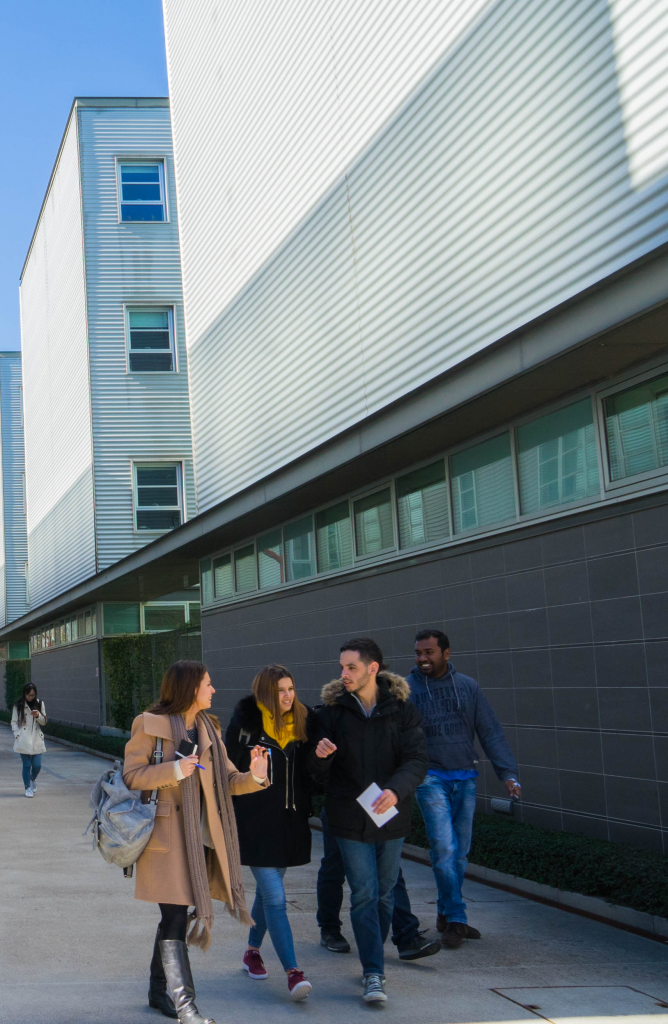 MvdB: Everybody is learning this now – there is no playbook. In the past, everything was about the what, and now it’s the what and the how. How do you make people successful in doing the what and the how – this is a very important topic.
MvdB: Everybody is learning this now – there is no playbook. In the past, everything was about the what, and now it’s the what and the how. How do you make people successful in doing the what and the how – this is a very important topic.
Coming back to FLEXA, how was this idea born? How did you come about working with AI?
AS: Our customers – the people attending the course – are basically asking two things of us. One, is how we can accelerate their career. The other, is how we can fill their specific individual skillset gaps, that are different to the rest of their classmates.
To meet these needs, it’s necessary to move to a more customised learning experience. When we started to think about how we could implement this idea, we immediately realised that it was not affordable with traditional approaches – it was not possible to do one-on-one teaching – so we leveraged technology.
At first we felt our idea of learning was too futuristic, but on the contrary – we couldn’t accurately determine the feasibility or the technologies needed in order to implement it – so we discussed it with Microsoft, and discovered it was possible. It was a profound moment.
MvdB: How do you combine honouring the past with embracing the future? I think that FLEXA is a great example of this, but how do you think about this longer term? How do you ensure that you are in both worlds?
AS: In Italy, we have been exposed since the beginning of our lives to this combination of arts, culture, and technology. We are used to working together with designers, architects, and scientists. I think that this combination is unique in our country and in our school, so combining technology with arts culture and management is something that I think will survive.






